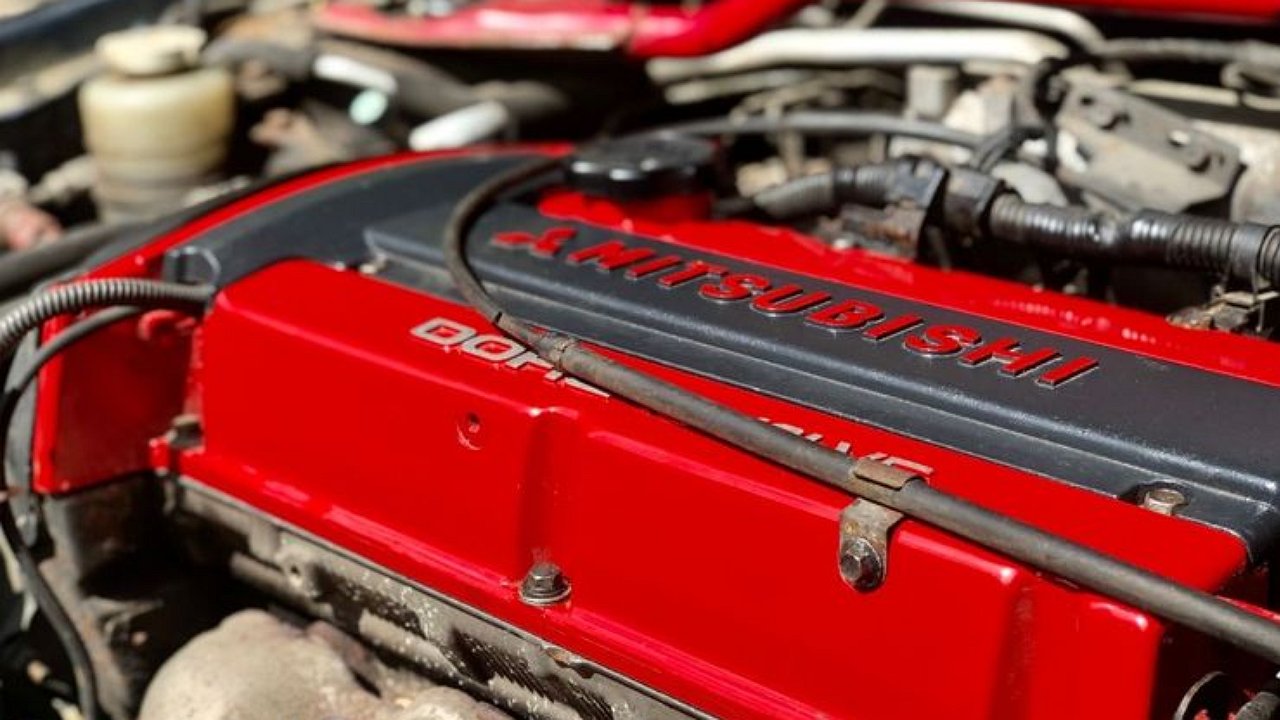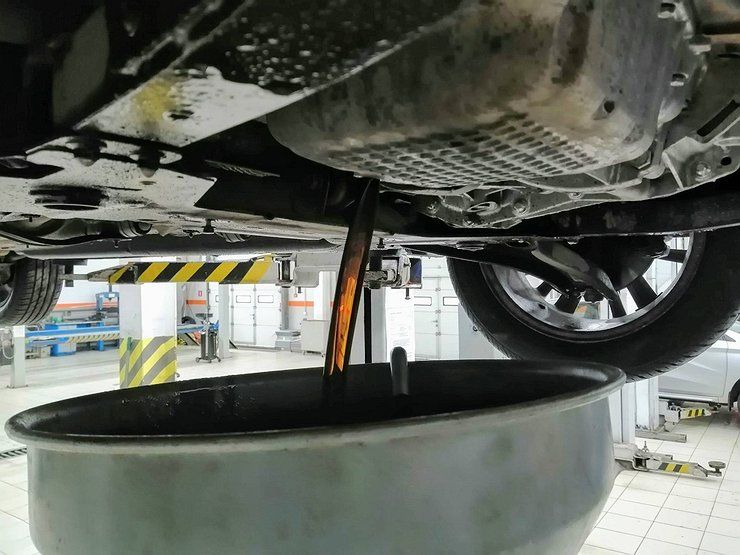Why do motorists deliberately pour oil into the engine
- June 8, 2023
- 0
Many experienced drivers, when changing the lubricant, deliberately pour it so that the level on the dipstick is above the MAX mark. The same applies to the masters
Many experienced drivers, when changing the lubricant, deliberately pour it so that the level on the dipstick is above the MAX mark. The same applies to the masters

The fact is that absolutely any engine consumes “liquid”. Only one is more, the other is less. Oil enters the combustion chambers and exits with the exhaust gases and through the crankcase ventilation system. Judge for yourself: if the piston rings were not missing anything, the top one would always work dry. Such a design will quickly become unusable, as it will not withstand prolonged heavy loads. Hence the moral: you should not be afraid of overflows, but a lot depends on how much the level is exceeded.
If it’s more than the maximum, say five millimeters on the probe, don’t worry. There is sufficient distance to the crankshaft in the crankcase so that there are no negative consequences for the engine. And if he also suffers from an oil burner, then after a while everything returns to normal. Just look less often under the hood. By the way, this is one of the reasons why they do this in the service. Everyone there knows which engine is “oil eating” and which is not.
Go ahead. Consumption also depends on driving style. That is why owners of powerful sports cars consciously overestimate the level. It’s not just about the cost of waste. When braking from high speed before a turn, the lubricant in the crankcase drains, contributing to oil starvation. This is a direct path to the failure of an expensive unit. To avoid this effect, some manufacturers even install a so-called rib (anti-overflow baffle). However, we will not elaborate on the subject. It deserves a separate article.
If we return to conventional t/s, overflow will have a negative effect in some cases. Thus, the excess lubricant will stick to the crankshaft during operation. Which creates an oil mist in the crankcase, which is sucked into the ventilation system. The result is a dirty throttle valve and an intercooled compressor. Therefore, such problems as a decrease in engine acceleration and unstable idling occur.
In the end, we note that you need to carefully drain the excess. For example, if you unscrew the stop of the pallet, you can remove much more than you need. It is easier to pump out the “slurry” through the dipstick with the help of a thin hose and a syringe (large, the one under the catheter).

The fact is that absolutely any engine consumes “liquid”. Only one is more, the other is less. Oil enters the combustion chambers and exits with the exhaust gases and through the crankcase ventilation system. Judge for yourself: if the piston rings were not missing anything, the top one would always work dry. Such a design will quickly become unusable, as it will not withstand prolonged heavy loads. Hence the moral: you should not be afraid of overflows, but a lot depends on how much the level is exceeded.
If it’s more than the maximum, say five millimeters on the probe, don’t worry. There is sufficient distance to the crankshaft in the crankcase so that there are no negative consequences for the engine. And if he also suffers from an oil burner, then after a while everything returns to normal. Just look less often under the hood. By the way, this is one of the reasons why they do this in the service. Everyone there knows which engine is “oil eating” and which is not.
Go ahead. Consumption also depends on driving style. That is why owners of powerful sports cars consciously overestimate the level. It’s not just about the cost of waste. When braking from high speed before a turn, the lubricant in the crankcase drains, contributing to oil starvation. This is a direct path to the failure of an expensive unit. To avoid this effect, some manufacturers even install a so-called rib (anti-overflow baffle). However, we will not elaborate on the subject. It deserves a separate article.
If we return to conventional t/s, overflow will have a negative effect in some cases. Thus, the excess lubricant will stick to the crankshaft during operation. Which creates an oil mist in the crankcase, which is sucked into the ventilation system. The result is a dirty throttle valve and an intercooled compressor. Therefore, such problems as a decrease in engine acceleration and unstable idling occur.
In the end, we note that you need to carefully drain the excess. For example, if you unscrew the stop of the pallet, you can remove much more than you need. It is easier to pump out the “slurry” through the dipstick with the help of a thin hose and a syringe (large, the one under the catheter).
Source: Avto Vzglyad
Donald Salinas is an experienced automobile journalist and writer for Div Bracket. He brings his readers the latest news and developments from the world of automobiles, offering a unique and knowledgeable perspective on the latest trends and innovations in the automotive industry.